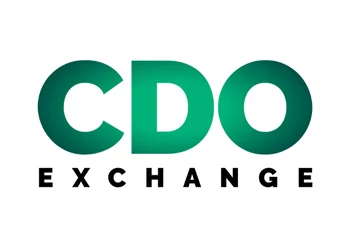Conde Nast vs. Hearst: Comparing and Contrasting the Data Strategies of Each
Add bookmark
The iconic print publications Condé Nast produced defined the cultural landscape of the 20th century. The originator of the "class publication," Condé Nast’s magazine portfolio, which included the likes of Vogue, Vanity Fair and the New Yorker, defined the cultural landscape of the 20th century.
Since the turn of the century, as social media and digital content have risen to prominence, Condé Nast has struggled to retain both its cultural dominance and financial viability. In addition to investing in new revenue channels and undergoing substantial organizational transformation, CN is also embracing enterprise data and analytics as a means to move forward amidst massive disruption.
One of the most potent ways data and analytics can add value to digital media companies is through data wrapping. Launched in 2017, Conde Nast Spire is a behavioral analytics platform that tracks and analyzes consumer behavior across CN’s digital properties and beyond. Using these insights, advertisers can make more data-driven ad buy decisions as well as launch targeted, personalized marketing campaigns across multiple channels.
CN is also investing heavily in democratizing enterprise data for internal use. In partnership with Mode, they built the Mode Portal designed to “provide a single, organized, and searchable place for the product analytics and audience development teams to begin their analysis and share their results.” The company also created a smart content platform powered by a stack that includes Apache Cassandra, Kafka, and Elasticsearch. By using machine learning to deliver targeted content recommendations in real-time, this platform was able to increase click-through rates 30%.
In the past couple of years, the company has launched Genius, a machine learning engine that analyses user navigation and “offers content that is not only the results of the user's browsing, but which is notably calibrated on the basis of his past browsing.” In other words, it analyses the semantic content of the text and offers similar content based on the "mood".
When it comes to transforming from a legacy media company to a data-driven digital media enterprise, CN is far from the only player on the field. Long-time CN competitor Hearst Communications is also making massive strives towards building out its data strategy.
Hearst’s Data-Driven Future
Like CN, Hearst is a privately owned legacy media company that has been around for over 100 years. However, Hearst, which long ago opted to value profits over prestige, is larger and more diversified. As such, Hearst is a bit more ahead of the curve when it comes to data-driven innovation and data democratization.
Similar to CN, Hearst is already using machine learning and AI to better understand what drives reader engagement. For example, leveraging Google Cloud Natural Language API, Hearst can now sort, label, and categorize an average of 3,000 new articles every day. This capability allows them to more effectively predict future ad performance by content categories and help advertisers build more targeted campaigns.
Another interesting data project is HANS (Hearst Analytics Slackbot), an editorial insights tool that mines text and reader behavioral data to identify trending topics, key facts and even suggest new stories for reporters. As the name suggests, the tool can be easily accessed by anyone at the company via slack.
Hearst has also successfully applied AI to solve a wide variety of business challenges. For example, designed to support employees who were forced to work from home during the pandemic, Hearst launched Herbie, a “bespoke chatbot and digital assistant,” in August 2020. Should a Hearst employee have questions pertaining to support services such as IT, finance, HR, payroll, procurement, etc., all they have to do is ask Herbie.
According to a recent piece on Diginomica, Herbie:
- handles about 1,000 support tickets a month automatically
- solves 31% of these without agent intervention, with that number increasing towards a planned 70-80% as the bot learns from each interaction
- Has helped more than 60% of Hearst's workforce, or roughly 12,000 people, as of October 2021 including 1,300 first-time users in the last quarter alone
As for customer facing projects, Hearst has partnered with Browsi to build “smart” ad inventories that use AI to adapt to user behavior in real-time. Utilizing 100+ data points such as user behavior, page structure, devices, and internet connection, the system automatically decides where, when, if, and how each ad should be displayed to every single user.






























